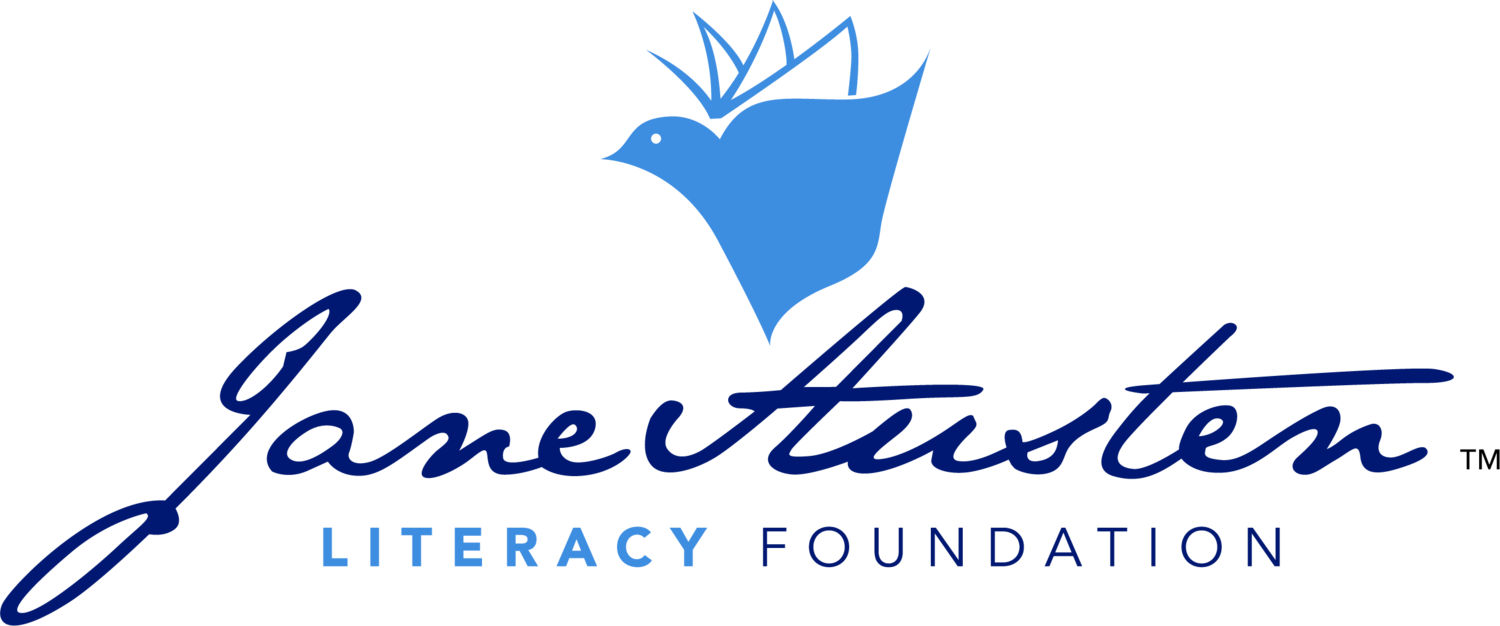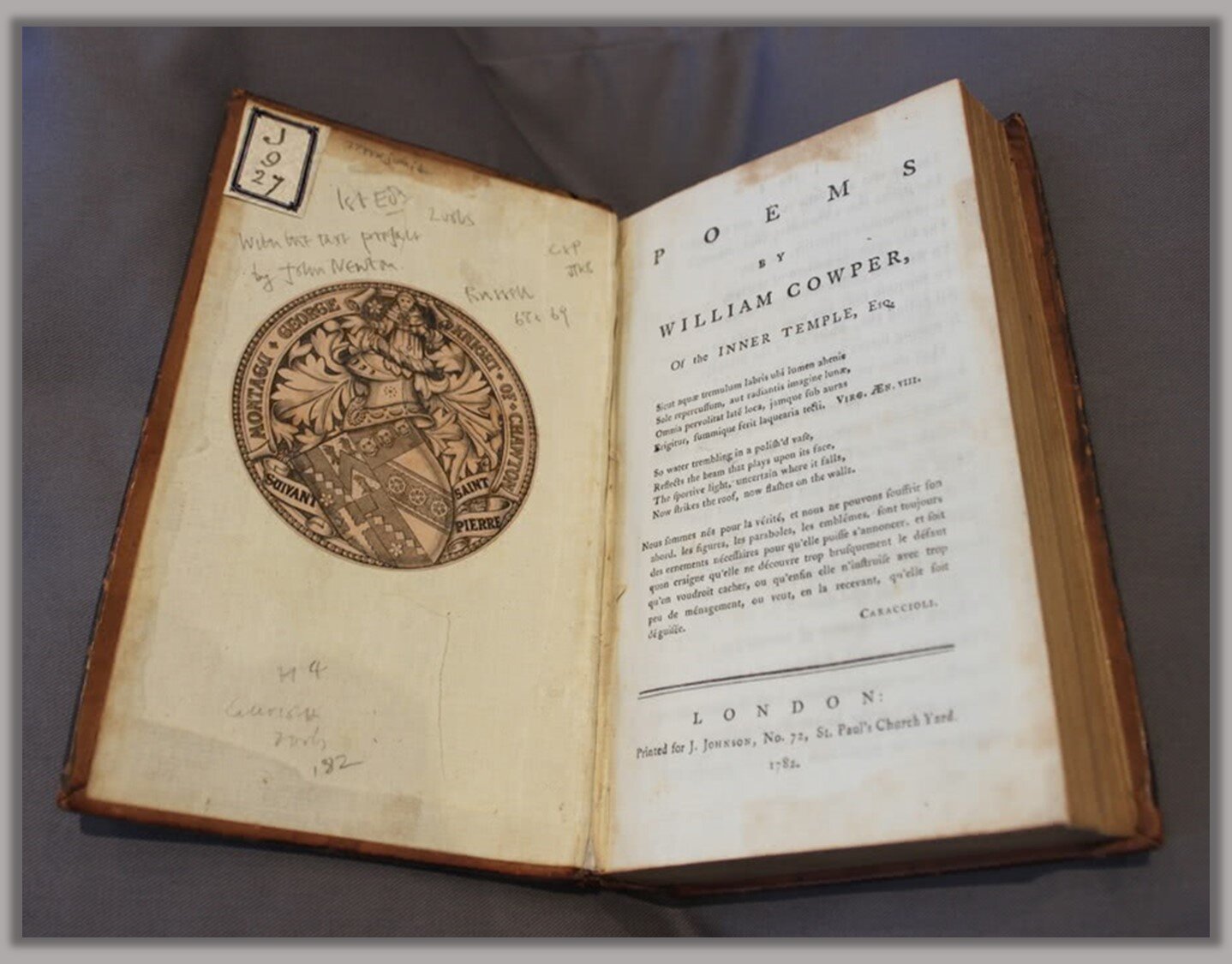MY FIRST ACQUAINTANCE WITH BOOKPLATES TOOK PLACE MANY, MANY YEARS AGO, WHEN I WAS A YOUNG GIRL GROWING UP IN SOVIET RUSSIA.
At the age of fourteen I was a strange combination: a hopeless romantic dreaming of her dashing Prince Andrei from War and Peace; an adventure-seeker quoting The Three Musketeers page by page; a Komsomol member obliged to learn the Communist Manifesto by heart; and an aspiring historian exploring moss-covered remains of old Russian churches, that in those days often served as wood-depots and were slowly but surely falling into disrepair.
That was the time when I first discovered these two words. Ex Libris.
Nowadays, when we read about bookplates, we often come across a side note that says they were useful devices to keep one’s books safe in the times when “books were expensive, precious and often lent to others”*, and it sounds like something from centuries ago. Well. In my childhood, books were all of that and more. They were “a deficit”, a commodity both scarce and difficult to get. It sounds odd, I know, but that’s how it was. The bookshops were filled with the works of Lenin and Brezhnev, and with transcripts of the latest Communist Party Congress, but the books one wanted to read were hard to find.
I remember once my mother wanted to give me Alexandre Dumas’s The Countess De Monsoreau for the end of the year at school, and in order to get the book, her colleague from Moscow had to go to a special place there (called Kuznetskiy Most) and walk along the street, full of underhand booksellers, muttering under his breath: “Looking for the Countess. Looking for The Countess”. Once found, the book had to be secretly passed from the seller to the buyer, for the price sometimes ten or fifteen times higher than the “advertised” price. And after all that it had to be brought from Moscow to Perm, 888 miles away!
Clearly, books were really precious, and to lose a book was a tragedy - imagine how excited I was when I heard of bookplates! I loved the idea straightaway and even designed some myself, including one – strangely – for none other than the chess grandmaster Garry Kasparov (face palm – don’t ask!).
Bookplate designed by Julia B. Grantham. Credit: Julia B. Grantham
But my own two bookplates were designed for me by two of my good friends, Gregory Ivanyuk and Dimitry Dulskiy. They were both created as stamps. One featured an open book with my initials, a sword, and a rose – I would say that it still reflects my interests and my personality pretty well. The other was in art décor style and consisted of my initials in Russian, beautifully interweaved.
Julia’s personal bookplates designed by Gregory Ivanyuk and Dimitry Dulskiy. Credit: Julia B. Grantham
So you can imagine my astonishment when some thirty years later, Jane Austen’s fifth great-niece, Caroline Jane Knight, asked me if I wanted to manage the Collectable Bookplate Programme of the Jane Austen Literacy Foundation! Given my history with ex libris, could I give any other answer than an excited and unequivocal “YES”!
The Bookplate Programme started almost as long ago as the Jane Austen Literacy Foundation itself. Caroline, our Founder, always wanted to have a special “thank you” gesture from the Foundation to its supporters. Her choice of bookplates to fulfil this purpose was not accidental.
Caroline grew up at Chawton House, the place owned by her great-great-great-grandfather Edward Austen Knight, whose library was frequented by his sister, Jane Austen, who lived with her mother and elder sister only a short walk away. The library at Chawton House, with its floor-to-ceiling shelves of books, housed the Knight family collection gathered over hundreds of years. These precious manuscripts often were adorned with bookplates inside the front cover indicating their ownership. From simple squares of yellowing paper with the name of an owner, to lavish hereditary crests – these bookplates told their own story, bringing Caroline closer to her ancestors, bringing them to life.
The work of acquisition of the books from the Knight family collection does not stop. As I was writing this article, I received the lovely news of a treasured Austen family heirloom returning home to Chawton Library. The email from Chawton House read:
“Thanks to the generosity of Friends of the National Libraries (FNL) and the Godmersham Lost Sheep Society (GLOSS), [Chawton Library has] received a rare first edition of William Cowper’s Poems, published in 1782, which once belonged to Jane Austen’s brother Edward Austen Knight and very likely read by Austen herself during her visits to her brother’s Kent estate. Cowper was Jane Austen’s favourite poet and she mentioned him in her letters and repeatedly referenced him in her novels, most famously in Mansfield Park…What is so significant about this copy is that it was in the Godmersham Library, Edward's other estate, at a time when Jane Austen visited. The present volumes appear in the 1818 Godmersham Park catalogue compiled by Edward Knight (South Case, col 1 shelf 3) and contain the bookplate of Jane Austen’s great-nephew George Montagu Knight. It is therefore very likely that Jane herself read this very copy.” **
Edward Austen Knight’s copy of William Cowper’s Poems. Credit: Chawton House
Where would we be without that treasured bookplate? It helped so much in identifying the book’s owners!
In the six years since its establishment the Foundation’s Bookplate Programme has created a unique collection of eight diverse and beautiful bookplates that feature the work of talented artists from the UK and the USA. Each collectable bookplate can be purchased individually at our brand new Bookplate Shop. If you’ve missed one or two earlier bookplates, now is the time to complete your “so far” collection. Don’t forget, the bookplates come personalised with your name in Jane Austen’s handwriting. A fantastic gift idea for the Janeite in your life!
We will also be selling our bookplates as collections, as we did this Christmas, but for that we need MORE of them!
Jane Austen Literacy Foundation bookplates. Credit: Jane Austen Literacy Foundation
To help us with this exciting task – we are looking for YOUR contribution to our outstanding collection. We know there are many exceptionally talented artists amongst our readers and it is to YOU we turn with an appeal to create new Jane Austen Literacy Foundation bookplates with YOUR original ideas.
They can cover a whole breadth of themes and topics related to literature and literacy: books, pens, characters, authors, places related to the life and times of Jane Austen, even abstract compositions with the ideas of reading and writing at the core of them.
As we are all volunteers at the Foundation, and working for free, there is no money in it. But it is a fantastic PR opportunity with Janeites from all over the world seeing your work and becoming familiar with you as an artist. But, most importantly, the proceeds from every bookplate sold by the Foundation go directly to our literacy causes.
You can contact me directly on Facebook – J.B.Grantham – with your ideas.
Be part of something good!
© Dr Julia B. Grantham - Jane Austen Literacy Foundation Ambassador and Collectable Bookplates Programme Manager
* Jane Austen Literacy Foundation website
** Email from Chawton House sent 2 January 2021
Our beautiful bookplates can be purchased at the link below:
Image credit: Photofunia and J.B. Grantham






